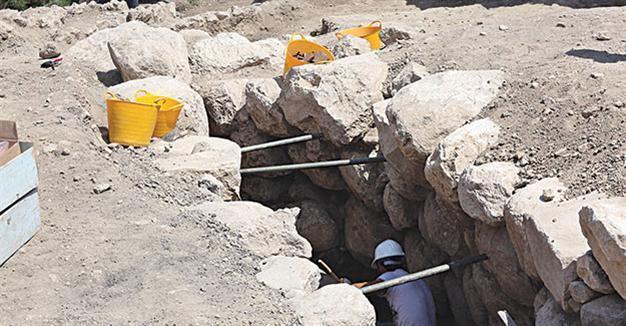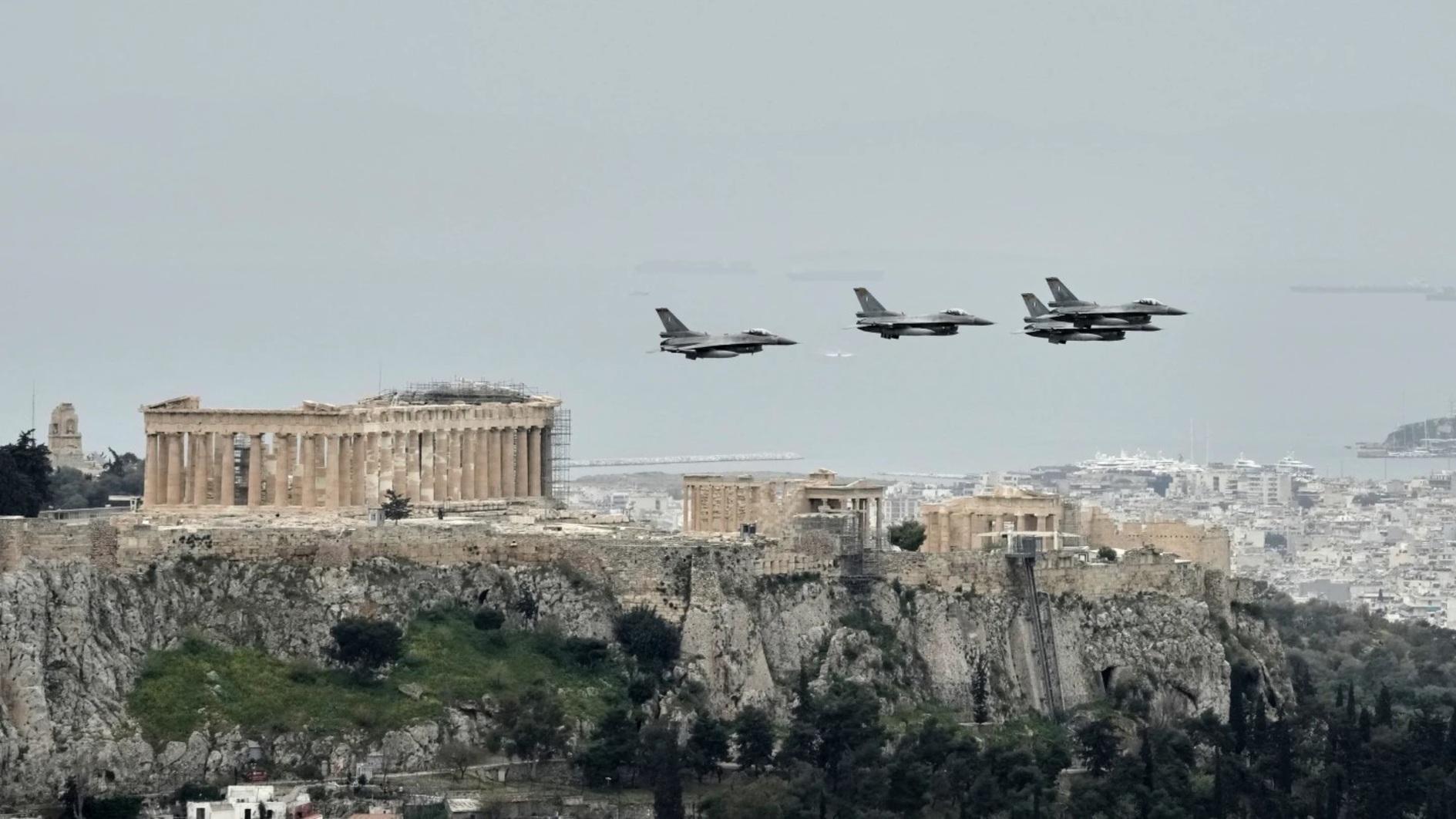Secret tunnel found in Hittite capital
ÇORUM – Anadolu Agency

AA photo
Archaeological works in Alacahöyük, one of the most important centers of the Hittite Empire and considered Turkey’s first “national excavation field,” have unearthed a 2,300-year-old secret tunnel known as a potern.“This tunnel is a big discovery in terms of Hittite architecture. This is my 55th year in professional life. I never thought I would find a potern but I did,” said Ankara University Professor Aykut Çınaroğlu, the head of the excavations.
Çınaroğlu said they opened the season one month ago with a team of 24 people, including eight archaeologists, and were set to continue until the end of September.
While focusing on a sanctuary that was unearthed in 2014, they discovered a secret tunnel, he said.
Stating that more than one secret tunnel existed in the capital of the Hittites, Hattuşa, Çınaroğlu said: “This new potern proves the existence of other poterns in Alacahöyük. We are carrying out excavations right now; we have not finished yet. We started from the gate opening to the sanctuary, trying to open it. This is a potern from nearly 2,300 years ago. We have dug 23 meters so far but think that it is longer. Cleaning work is continuing, too. We will see what we will find in the end. Poterns were placed under the castle, extending into the city. We have previously found a cuneiform tablet here, featuring a king who explains to priests what to do during ceremonies. This secret tunnel might have had a sacred function.”
An exciting discovery
Noting that the secret tunnel was an “exciting discovery,” Çınaroğlu said, “We are focusing on this place this season.”
The Bronze Age had had a powerful effect on Alacahöyük, he said. “The best artwork of this effect is the Hatti era, which was 350-400 years before the Hittites. In the future, we will start working on this layer because this land has many questions about the Bronze Age that need to be answered. We have so far excavated in very limited areas, but we will try to progress and reach this age with more scientific methods.”
The first excavation in Alacahöyük, known as the religious capital of the Hittites, was first carried out by Ottoman archaeologist Makridi Bey in 1907.
The works restarted in 1935 and have been continuing since then based on an order by Turkey’s founding father, Mustafa Kemal Atatürk, and some funds he provided.
















